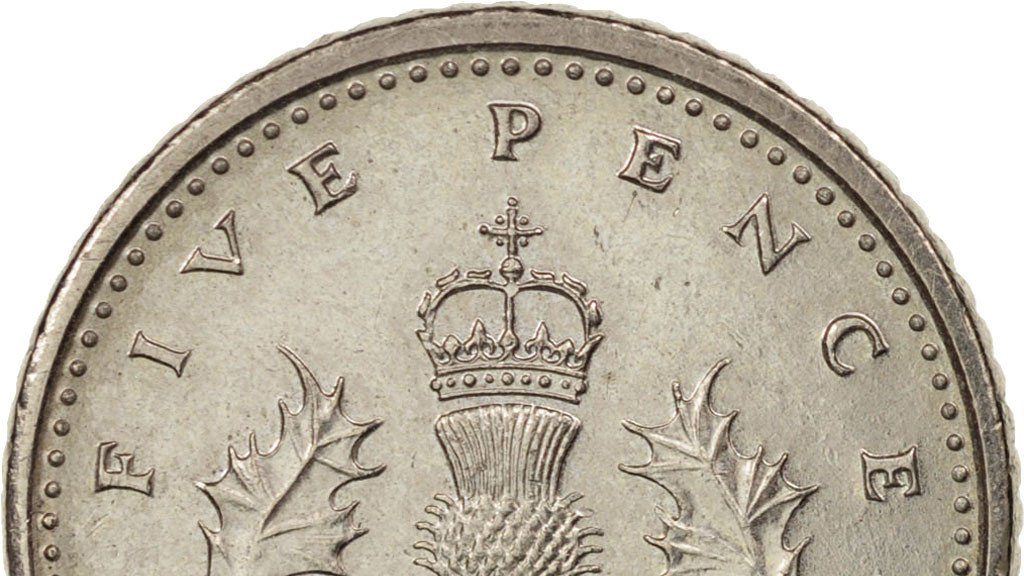I read an article recently about a 40% drop in the number of plastic bags on beaches compared with 2015, attributed to the introduction of the 5p charge on plastic bags. It’s funny how such a small charge can make such a big difference. People were initially outraged by the introduction, but they now accept this change and have changed their habits as a result.
The 5p charge was put into place in October 2015. The aim was to curb the use of plastic bags and for supermarkets to use the charge for good causes – millions of pounds have already been raised for charitable causes by supermarkets as a result of the 5p charge. In 2011 the Environment Agency undertook a study of the life-cycle of supermarket carrier bags. The study found that
- The environmental impact of all carrier bags was dominated by the resource used at production stage
- The key to reducing impacts was reusing (40% of light-weight carrier bags are used as bin liners, which is beneficial and has greater benefits compared to recycling these bags)
- Starch-polyester blend bags have higher carbon emissions compared to other conventional polymer bags
- Paper bags must be reused 3 times, Bag For Life bags must be reused 4 times, durable bags must be used 11 times and cotton bags must be used 131 times in order for their carbon emissions to be lower than a light-weight carrier bag.
Given the above, I am always amused by the cashier’s face, judging me, at the supermarket when I accept plastic bags. I always say yes, and I am always happy to pay the 5p fee. Why? Because I use it as a bin bag, simple as that! It’s cheaper and easier, but is it more environmentally friendly than a standard bin liner?
There isn’t a simple answer. Each option has its pros and cons and it is currently unclear what the best option is. One thing is for certain, the best I can do is minimise waste! No waste = no bin liner dilemma. Mmmm, now what to do about that?










